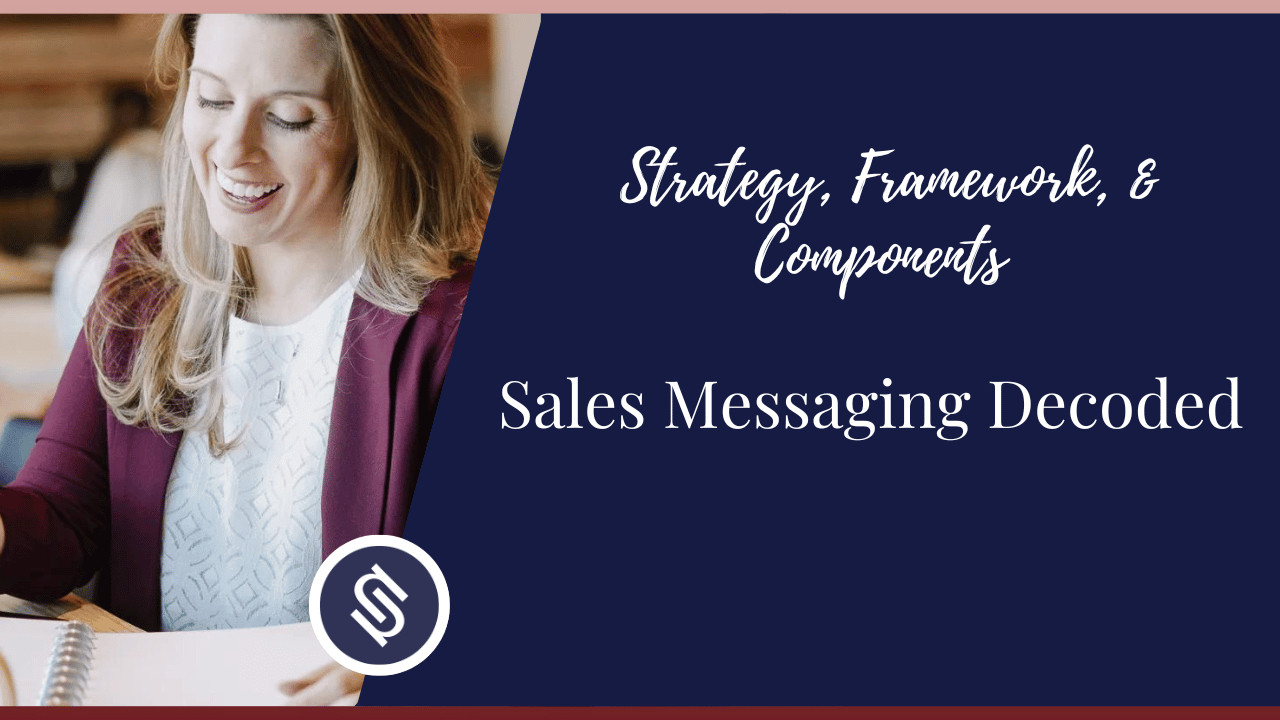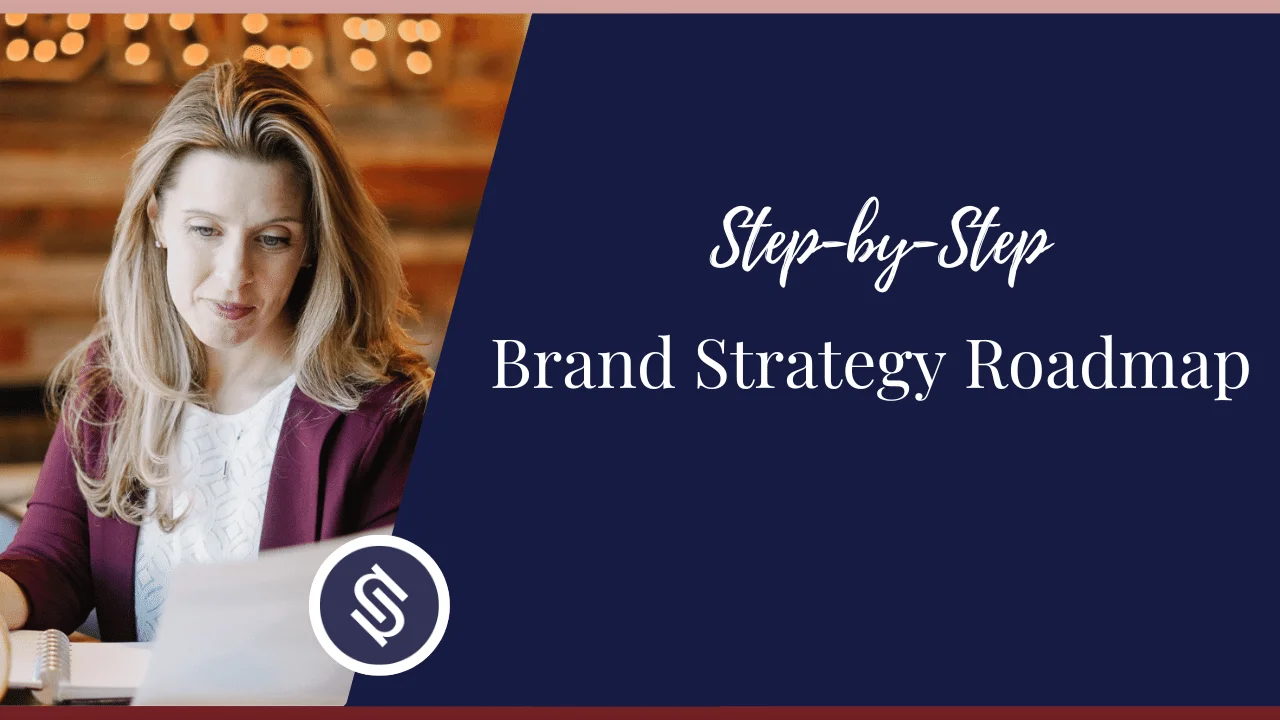In today’s fast-paced world, businesses of all sizes should have a clear, unique, and compelling messaging architecture. However, many businesses aren’t sure of what goes into a messaging framework and why it matters.
That’s what we shall dive into today.
We’ll briefly explain a messaging architecture, then dive into its different components and see how to create a successful one.
Ready? Let’s begin.

What is Messaging Architecture?
A messaging architecture or framework is a structured and written guide for developing consistent brand messaging. This blueprint helps you to effectively communicate your brand’s core messages, unique selling points, and values to its target audience.
The messaging framework guides everyone — influencers, new team members, marketers, stakeholders, sales team, and content creators — ensuring your messaging is consistent across different platforms.
Sometimes, creating your messaging framework feels intimidating. That’s why you should consider brand messaging consulting services.
Whether you’re launching a product or a service, I — Nora Sudduth — will guide you using strategic approaches to messaging framework. I’ll help you identify your key messages and value propositions while strengthening your market positioning.
Book your discovery call, and let me help you make your messaging architecture come to life.
Messaging Architecture Example
Here’s an example of what the Airbnb messaging framework would look like.
Airbnb
Value Proposition: Airbnb has positioned itself as a brand that provides travelers with affordable and unique travel experiences.
Key Messages and Supporting Points: On the company blog, Airbnb has defined its key messages as straightforward, inclusive, thoughtful, and spirited.
The supporting points are that they aim to use inclusive language when writing about sensitive topics across their platforms. They would take straightforward approaches to change some of their policies.
They also aim to create thoughtful content that anticipates and meets customer needs. Plus, they want their messaging to be more spirited since their target audience often interacts with their brand, inspired to get away.

How Often Should Messaging Architecture Be Reviewed and Updated?
How often you refresh and update your messaging architecture depends on several factors. For instance, if your audience is constantly evolving or there are recent customer insights, you may need to review your framework more frequently, like quarterly.
Also, significant product changes usually demand a review of your messaging framework.
Key Components of Messaging Architecture
A messaging framework comprises several vital elements that create successful brand messages. At the very least, your messaging architecture should include:
Key Messages
List a few core messages once you understand the values you want to showcase to your audience. Your key messages tell the customers the benefits of choosing your brand over competitors.
Your messages should be single and easy-to-understand points. Your list should have approximately 4 to 12 items.
Supporting Messages
Once you have a list of your key messaging, each should have supporting points. These are concise and compelling points to reinforce your brand’s key messages and address the needs of your target audience.
Furthermore, they strengthen your value proposition and help create a compelling brand story.
Proof Points
Now that you have your supporting messages, come up with proof points — evidence that reinforces that you’re a good choice.
These proof points showcase your credibility in your messaging. They include success stories from your customers, actual statistics, and data from researching your customer base.
Value Propositions
Next is to create your value propositions — they summarize the benefits of your product or service and what differentiates your brand from the rest. Consider the solutions your brand provides your prospects and the pain points it addresses.
Tone and Style
The tone and style represent your brand personality — they help to make a memorable first impression and create a strong bond with your target audience. A well-defined voice stays consistent throughout your brand’s communications.
Consider tones such as authoritative, humorous, fun, and empathetic when defining your brand’s tone of voice. Your choice will depend on how you want your audience to perceive your brand.
Enjoying this article? Consider saving these for later:
- Let’s Master Messaging Hierarchy – All Concepts Explained
- The Messaging Strategy Master Guide – Everything Explained
- Value Messaging – Concepts and Examples Explained

How Does Messaging Architecture Influence Brand Communication?
Your brand messaging architecture ensures consistency and effectiveness in delivering all your brand communication.
Let’s delve into the role of brand messaging architecture in building solid brand communication.
Aligns Your Marketing and Communication Efforts
A solid messaging architecture is vital in streamlining all your marketing and communications efforts with your brand’s values and goals. It ensures everyone is on the same page regarding your messaging.
It also allows your prospects to understand your offer and how your products or services differ from the competitors.
Crafts Your Brand Personality
A defined messaging architecture reflects your brand’s core values and unique personality. You can create compelling content across advertising and social media channels with a well-structured message framework.
As a result, you can communicate your values consistently and ensure your brand matters to your audience.
Shapes Your Brand Image and Identity
A well-defined messaging framework is the foundation for your brand identity.
It ensures your brand’s messaging remains consistent across every touchpoint. This, in turn, helps to reinforce your brand identity and creates a consistent brand image that your audience can easily recognize.

Factors to Consider When Designing a Message Architecture
To create effective messaging architectures, you must consider these factors.
1. Target Audience
The first step in designing a messaging framework is identifying the customers you’re trying to reach. Defining your target audience is critical in designing the correct messaging framework.
2. Your Competition
Consider other players targeting the same customers as you. Understand their strengths and weaknesses before developing your unique selling proposition.
3. First Impression
What do you want your audience to feel when seeing your brand’s content? Memorable messaging captures your audience’s attention and prompts them to take the desired action.
4. Audience’s Emotional Needs
What unique feeling do you offer your customers that sets your business apart from the competitors? Consider the emotional connection you want to foster and how you can build trust.

Best Practices for Development
Here are the practical ways to help you create a successful messaging framework.
Identify Your Target Customers
Analyzing your target audience is the first step to building your messaging framework. Look at their demographics, preferences, needs, behavior, and lifestyle. This will help create a messaging architecture that resonates with them.
Keep It Simple and Concise
Do not overcomplicate this — your framework should be simple and easy to understand. Avoid complex language that may confuse your target audience.
Test and Refine Your Framework Accordingly
Test your messages and see how your audience responds — what messaging sparks interest or creates more conversions. Use metrics like engagement and conversion rates to track the success. Also, refine your messaging architecture while ensuring it’s relevant and practical.
Share with The Rest of The Team
Once confident with the messaging framework, share it with multiple departments. Everyone in your organization needs access to the framework to refer back often and ensure consistency.

Messaging Architecture Challenges Explained
A well-structured message architecture is a roadmap for everyone (internal and external teams).
While the messaging framework can be a powerful tool, these are some challenges you should keep in mind:
Analyzing and Defining Your Audience
One of the challenges when building a messaging framework is understanding who your ideal client is — their needs, wants, and preferences. Your architecture must be tailored and tuned to reach and resonate with your target buyers.
So, analyzing your audience helps you define the key messages to include in your messaging framework that empathize with their pain points.
Understanding Your Value Propositions
Another challenge is identifying and communicating your unique value propositions.
Sometimes, it’s difficult to explain and paint a clear picture of what it is about your product or service that uniquely meets the needs of your intended audience.
Without a clear picture of the values you provide to the customers, it’s challenging to summarize the key benefits of your offerings and what differentiates your brand from your competitors.
Speaking to Your Audience Emotional Needs
In a world where consumers want more than just products and desire authenticity and transparency, building a messaging architecture that connects authentically with your target audience is challenging.
Your messaging architecture should make the customers feel like they’re being seen, heard, and understood.
Implementation and Consistency
Another challenge is the application of your messaging framework and maintaining consistency in your messaging.
Inconsistent messaging often leads to customer confusion, a poor brand image, and decreased customer loyalty and revenue. Also, it’s challenging to keep all your team members on the same page when applying your messaging architecture across different communication channels.
On that note, you could be an entrepreneur navigating the complexity of scaling a business. You should talk to a business growth consultant like me — Nora Sudduth.
My coaching program has empowered forward-thinking entrepreneurs using practical strategies, including creating a tailored messaging framework.
Get in touch with me, and I’ll help you drive sales and grow your brand.

Tips for Implementing and Managing
Once you’ve established a brand messaging architecture, here are a few things you should do next.
- Make sure you document your messaging framework in your brand guidelines.
- Explain what your architecture is ( and what it is not).
- Share your framework with new hires and encourage your team to use it at the start of new projects.
- Make sure all content meets your communication goals.
- Although your messaging framework must be consistent, adjust your messaging based on your audience segments.
- Maintain consistency of your messaging across different marketing channels and revise the messages accordingly.
Remember, the message framework isn’t a glossary with words you use to create content. Instead, it is a reference point to guide you on what to communicate.

Measuring the Success of Messaging Architecture
When you have a messaging architecture in place, it becomes much easier to measure the success.
The top 5 ways to measure your framework’s success are:
1. Pre-and-Post Messaging Rollout
Look at the performance of your campaigns before, during, and after implementing the messages. See if the messages meet the expected goals.
2. Conversion Rates
If your goal is to generate leads, you should check clicks, conversions, or sign-ups to determine the impact of your messaging architecture.
3. Increased Awareness
If your messaging goal is to increase awareness, check metrics like impressions and views.
4. Growth
If done well, your messaging architecture should increase revenue and impact overall brand success.
5. Brand Perception
While your messaging doesn’t entirely influence your brand perception, it plays a huge role. Therefore, your customers’ engagement, referrals, and reviews can indicate the impact of your messaging architecture.
Conclusion
A robust message architecture is vital for all your brand communication — emails, social media posts, or website content. We hope the information we’ve shared above helps you to develop your messaging framework. Remember, how you implement your architecture is just as important.
Many entrepreneurs find creating a messaging architecture complicated. That’s where I come in.
As a message strategy expert, I’ll guide you to build a strong messaging architecture from the ground up, ensure it aligns with your brand goals, and simplify all your communication.
Ready to revolutionize your messaging? Book a call with me today, and let’s talk about what you’re looking for.







